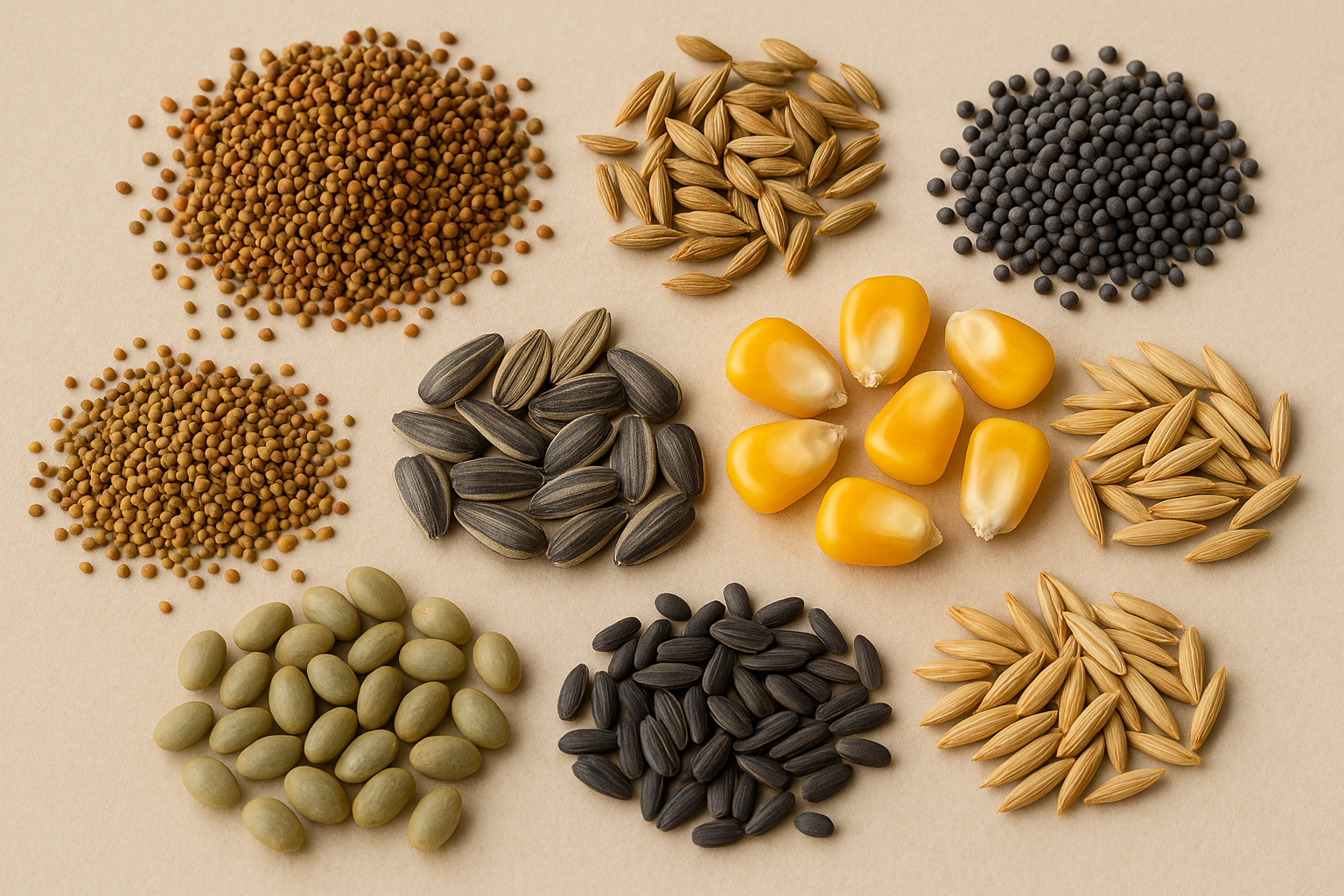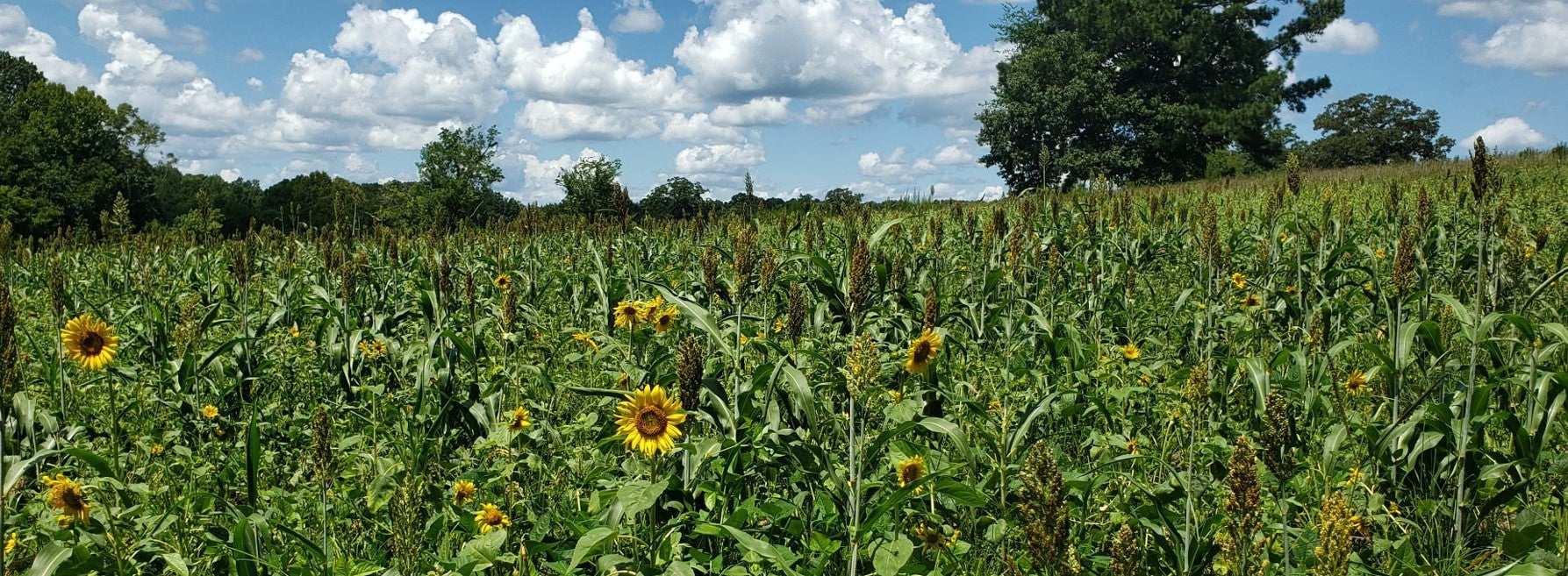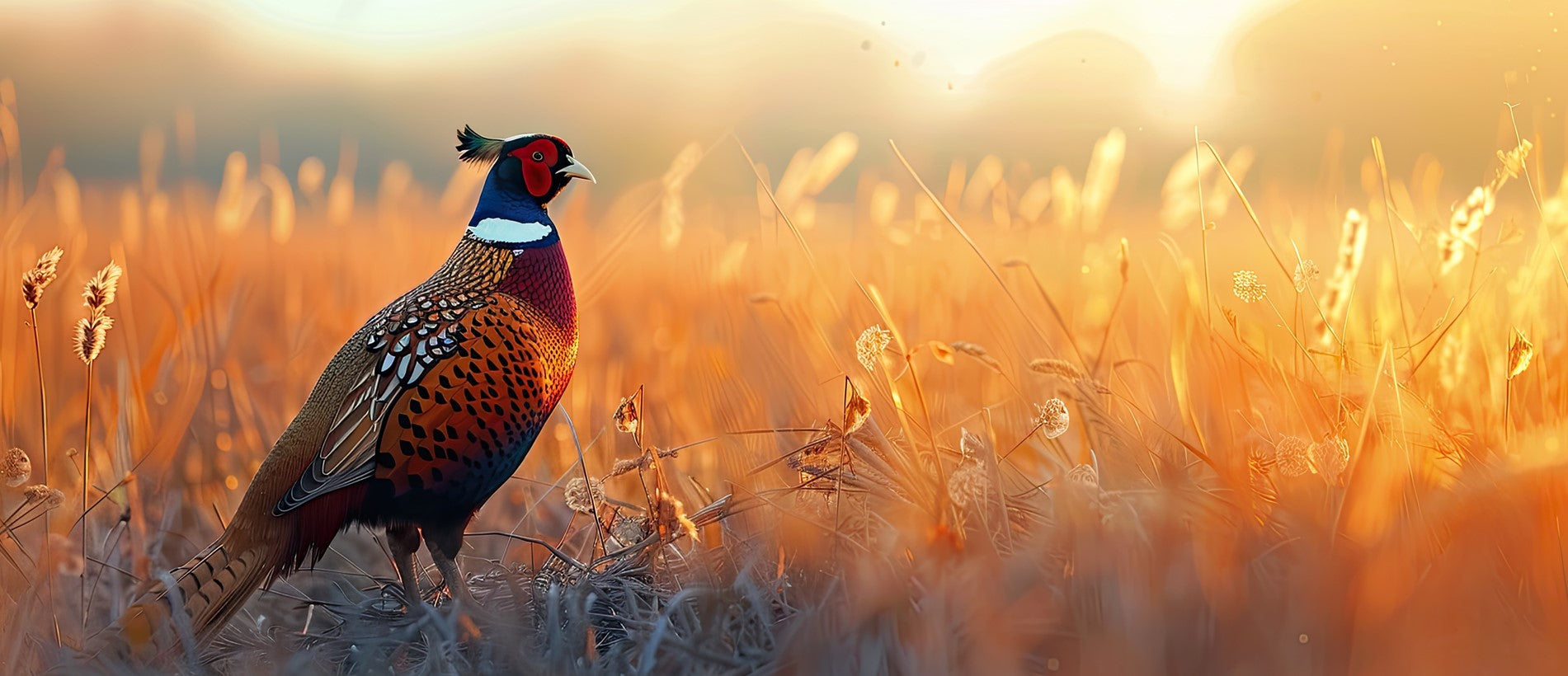El Tecomate Ranch - Part I
Before 1995, I thought I had met the nuttiest of the country’s deer nuts. I couldn’t imagine anyone crazier about the whitetail deer than folks like Bobby Parker Jr., Steve Vaughn, James Kroll, Jackie Brittingham, #### Idol, Scott Taylor, Gordon Whittington, George Cooper, Bill Jordan, Chuck Larsen, Greg Miller, David Foster, to name but a few of the myriad of whitetail junkies with whom I’ve crossed paths. Not withstanding my wife’s opinion of me, I figured these guys were the most smitten of the smitten. Then, I met Dr. Gary Schwarz …
Gary is an oral maxillofacial surgeon by profession, and an excellent one, but by love and by choice, he is one of the most dedicated, knowledgeable and innovative deer managers in the country. And as his accomplishments on El Tecomate Ranch in South Texas attest, he is one of the most successful.
One of the great things about Gary’s success story is that he started with nothing, not even an acre or a dollar to buy it with. While still in dental school, Gary, along with a handful of friends, borrowed money to buy his first ranchland. Over time, using conservation easements to provide tax relief to help in the purchase of ranchland and to assure the long-term protection of the natural habitat, he added more acreage, some his own and some with partners. Today, Gary’s personal acreage, El Tecomate, totals about 3,000 acres.
Making The Desert Bloom
In the country’s most intensively managed state, Gary is Texas’ undisputed leader in food-plot-based nutrition. His ascension to that position took time, creativity, hard work and a lot of experimenting, often in the face of steadfast insistence that what he was trying to do with food plots would not work. And, the skepticism was not without bases. The fact is that there are few places where consistently growing decent crops represents a greater challenge than in hot, dry South Texas. That is one of the reasons I picked Tecomate as an example – if agricultural food-source management will work there, it’ll work practically anywhere. And as Gary has proven, does it ever work there!
Size Does Matter!
In recent years, Gary’s nutritional program on El Tecomate has produced buck after buck winning top honors in Texas’ many big buck contests. His success has even been documented through scientific studies that compared the body and antler size of his bucks to those of neighboring leaseholders who have the same herd management strategy but no nutritional program, beyond natural habitat management. The results have been nothing short of startling. In a three-year comparison of mature bucks, Gary’s bucks averaged 20 B&C points larger and 26 pounds heavier than those of like ages on neighboring leases! Twenty B&C points – that’s the difference between a 140 and a 160 or a 150 and a 170! To a trophy hunter, that’s all the difference in the world! And, the study was conducted four years ago. Today, the difference is even greater!
Tecomate Ranch produces an astounding number of 160-plus bucks and no small number of bucks topping 170. In 1997, for instance, Gary knew of five bucks that may well have made the Boone and Crockett record book. I shot a 14-pointer grossing 172, and he was the smallest of four trophy bucks shot there that week! Amazingly, older-aged Tecomate bucks typically weigh between 210 and 230 pounds, weights unheard of for South Texas deer. When I was there in 1997, Gary’s daughter, Rebecca, shot a “management” 8-pointer that grossed 162 and weighed 240 pounds, setting an all-time record in the youth division of the Muy Grande Contest, one of Texas’ oldest and most popular deer contests. Amazingly, Rebecca’s deer bet the longstanding record held by none other than her brother, Blair! On a ranch where 150-class bucks were once at the pinnacle of the trophy latter, now 160s, 170s and even larger are realistic possibilities – all because of food-source management.
Gary’s success with food plots on Tecomate has drawn so much attention that he was literally forced into starting a seed company to help others obtain both the drought-tolerate seeds and the expertise in dry-land farming necessary to put food plots to work on their property. Joining forces with Fred Schuster, a professional farmer in the Rio Grande Valley, and Dr. Tim Fulbright, a wildlife biologist and range scientist with the Caesar Kleberg Wildlife Research Institute, Gary put together a team committed to helping the private land manager succeed. Thus was born the Tecomate Seed Company. Since its inception in 1993, Tecomate Seed Company has led the charge in food-plot management in Texas.
How did Gary achieve the kind of results that has caused even the diehards in the great deer state of Texas to sit up and take notice?
Interestingly, the overall strategy is essentially the same as that of Fort Perry and any number of other successful programs, validating the underlying principles of food-source management. Gary’s program revolves around meeting the year-round nutritional needs of deer with cool and warm-season food plots. What makes Gary’s program different is how he has to go about it. Every region of the country has certain farming limitations that must be overcome to maximize food-plot production. In the South, it’s often acidic soils and poor nutrients, solved by liming and fertilizer. In South Texas, it’s a lack of moisture, solved by a combination of drought-tolerate plants and moisture-conserving farming techniques. Of course, no matter where you are, herd management principles remain the same, but how you get nutrition to the deer definitely varies by locale, as we’re about to see.
Searching For The “Magic Bean”
Gary, being a farmer and rancher at heart, was quick to recognize the need to provide year-round nutrition and the potential to accomplish this with agricultural plantings. So, in hopes of finding a warm-season protein source, he began experimenting with readily available plants, such as the different varieties of cowpeas, soybeans, alfalfas and clovers, using standard farming techniques. At best, he met with only modest success. It became obvious that South Texas’ hot, arid climate called for plants suited to dry-land farming in this demanding environment. His quest for such plants eventually led him to Australia and a drought-resistant forage legume called lablab, which is similar to cowpeas and soybeans. Subsequent testing revealed that lablab was indeed an excellent choice for the region. Deer eagerly consumed the high-protein plant and flourished on it.
Interestingly, what at first might seem like a negative regarding lablab actually turned out to be a positive. Gary intentionally selected a variety of forage lablab, now trademarked Tecomate Lablab, which does not readily to go to seed in South Texas. What’s the significance of this? Once an annual plant goes to seed, it loses much of its nutritional punch, having completed its mission in life. Cowpeas go to seed in 80 to 90 days. Lablab, which can be planted as early as late February in South Texas, will continue to provide nutritious feed into December or until the first frost hits. As a result, lablab keeps on ginning for eight or nine months. Yeah, Gary has to buy his seeds from Australia, but he figures the tradeoffs are well worth it.
Still, even with lablab in-hand, there were hurdles to overcome. One, farming techniques had to be refined to maximize the use of the limited water available. Two, lablab, like other dicotyleton plants such as soybeans and cowpeas whose growing point is above ground, was vulnerable to overgrazing during the first few weeks after emerging. Of course, the overgrazing problem during the sensitive first weeks could be moderated by either lowering deer numbers, an idea inconsistent with objectives, or by planting enough acreage to spread grazing pressure so that damage is minimal. The latter solution is what we opted for at Fort Perry, but that wasn’t an option for Gary because of limited tillable land on his property. To keep the deer out during the critical three or four weeks lablab is vulnerable, Gary had to employ a “reversible,” mesh-wire high-fence. After experimenting with several versions, he settled on a six-foot, six-inch-high fence consisting of a 32-inch lower section and a 47-inch upper section with an inch of overlap. When the plants are large enough to withstand heavy grazing, the lower panel can be raised to let the deer come under the fence.
Gary went about meeting the cool-season requirements in much the same fashion as the warm – he searched for better-suited plants and experimented … lots.
Find out next month, if Gary’s seed mix
Posted by David Morris











Leave a comment